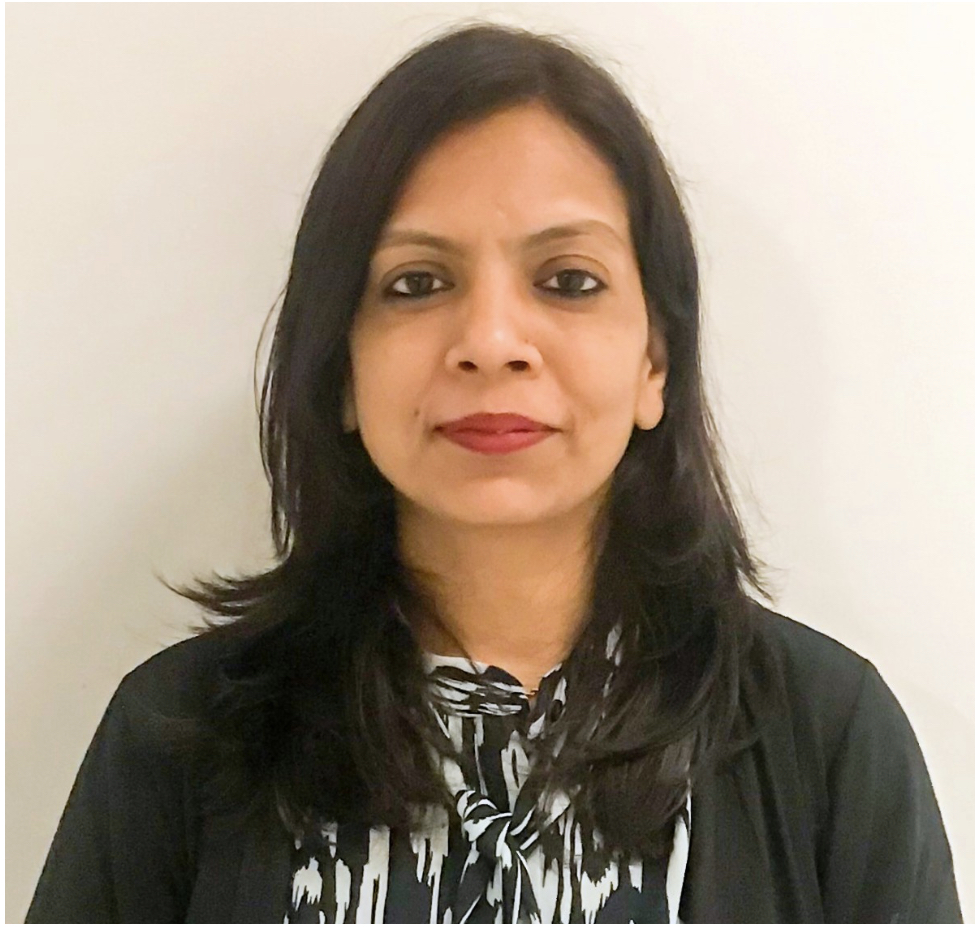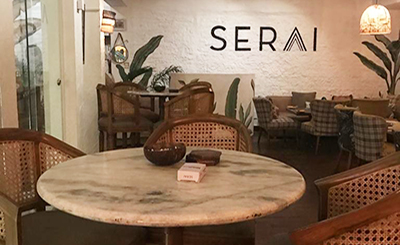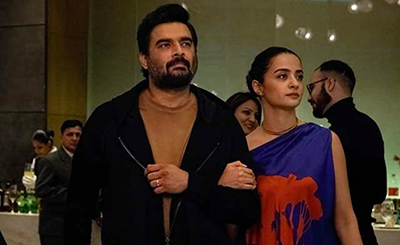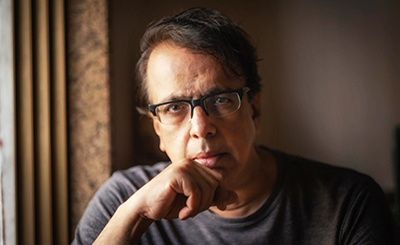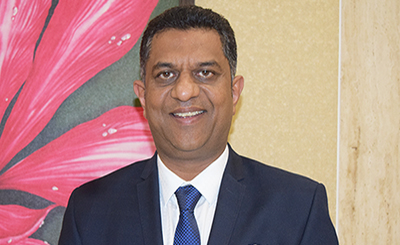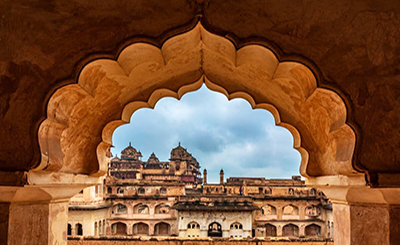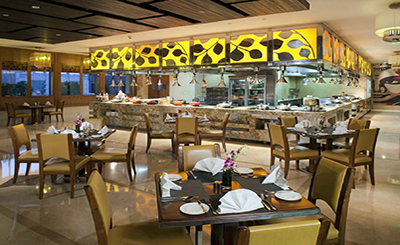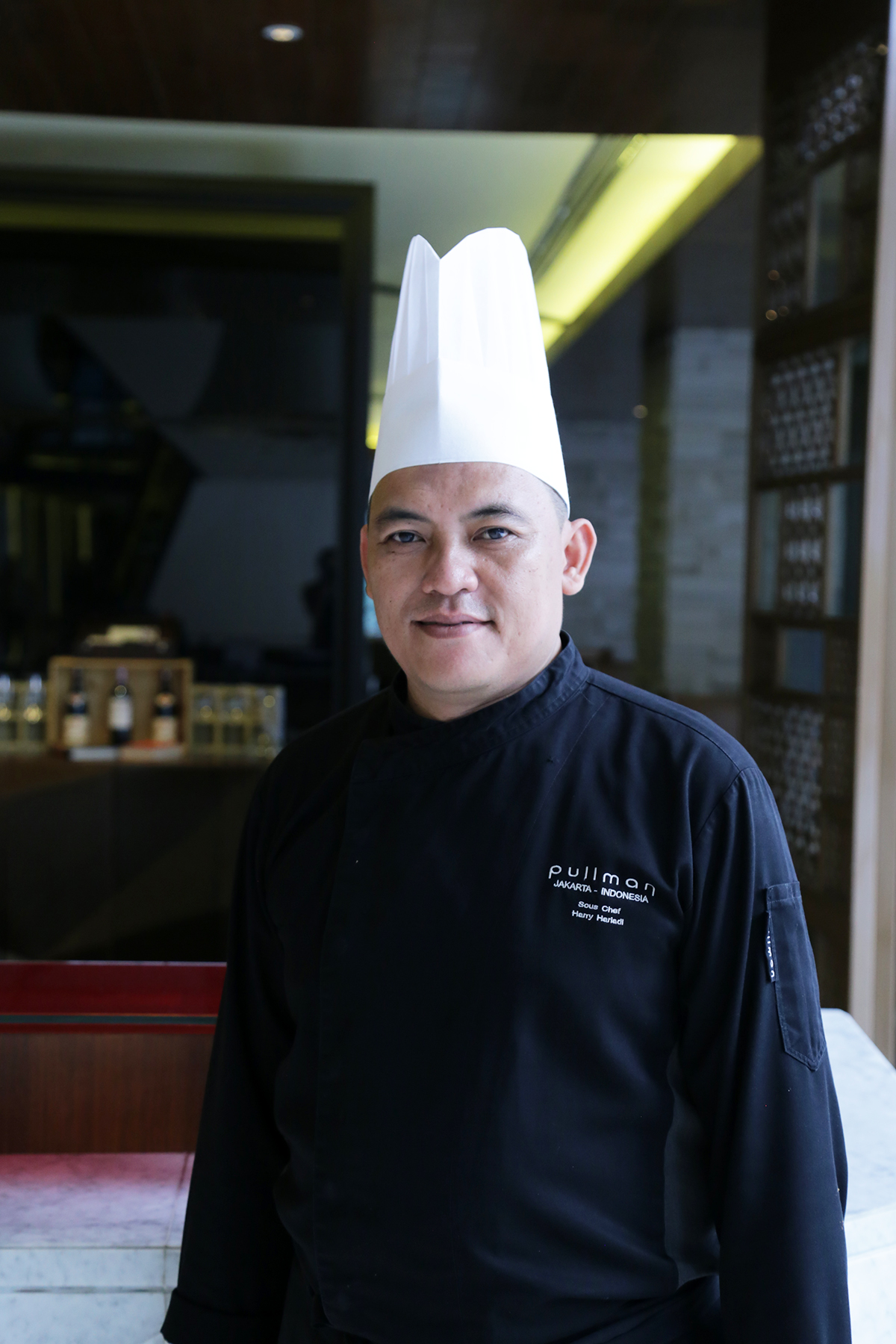
Chef Hary Haryadi. Photos: Pullman New Delhi Aerocity
Indonesian cuisine is a burst of flavour. Pullman New Delhi Aerocity organized “An Indonesian Food Affair” at its restaurant Honk in December. Chef Hary Haryadi was flown down from Pullman Jakarta Indonesia to whip up dishes that celebrate the diversity of the country. “It is one of the most vibrant and colourful cuisines in the world,” says Chef Hary, adding that the Indonesian cuisine draws influences from various regions such as China, Japan, the Middle-East, Europe and of course, India. Excerpts from an interview:
Shireen Quadri: For the Indonesian food fest here, how did you go about selecting particular dishes to suit the Indian palate?
Chef Hary Haryadi: The Indonesian food festival that we did at Honk, Pullman New Delhi Aerocity, was easy, given that many cuisines of India are similar to the cuisine of Indonesia. For instance, we felt that the dish of Gado-Gado (salad) and urap mix would be preferred here because the ingredients are vegetables and do not contain non-vegetarian ingredients since most people in India are vegetarian.
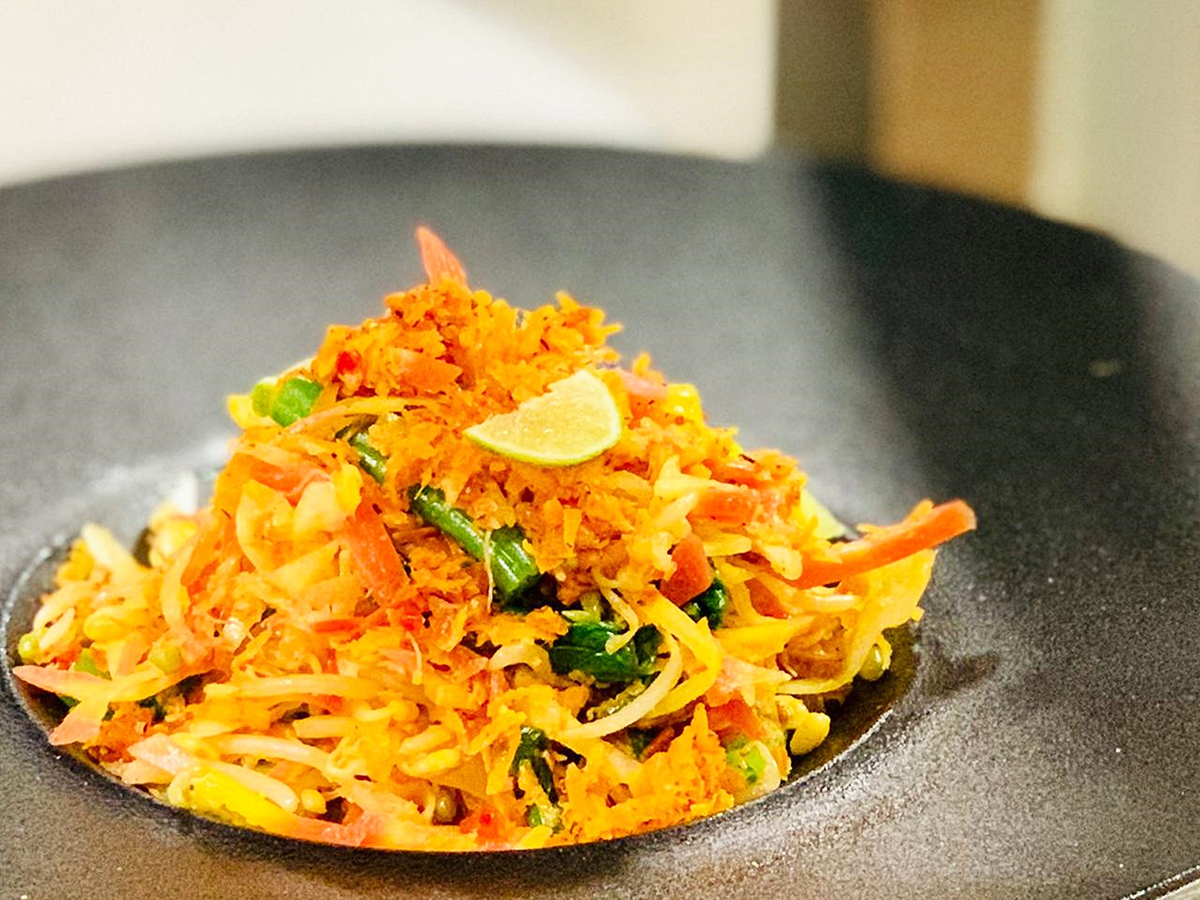
Gado-gado, also known as lotek, is an Indonesian salad of slightly boiled, blanched or steamed vegetables and hard-boiled eggs, boiled potato, fried tofu and tempeh, and lontong, served with a peanut sauce dressing.
Shireen Quadri: Indonesian cuisine is known for being very vibrant and colourful. It is full of intense flavours. It seems to have assimilated many regional cuisines that exist across the country, picking up influences from indigenous cultures as well some foreign influences. How would you describe Indonesian cuisine as? What do you think are its greatest strengths?
Chef Hary Haryadi: Indonesia is an archipelago country consisting of 34 provinces with a wide range of tribes and diversity within. With diversity, it becomes one big power. It is one of the most vibrant and colourful cuisines in the world. The cuisine boasts of dishes that are bursting with flavours. It draws influences from various regions such as China, Japan, the Middle-East, Europe and of course, India.
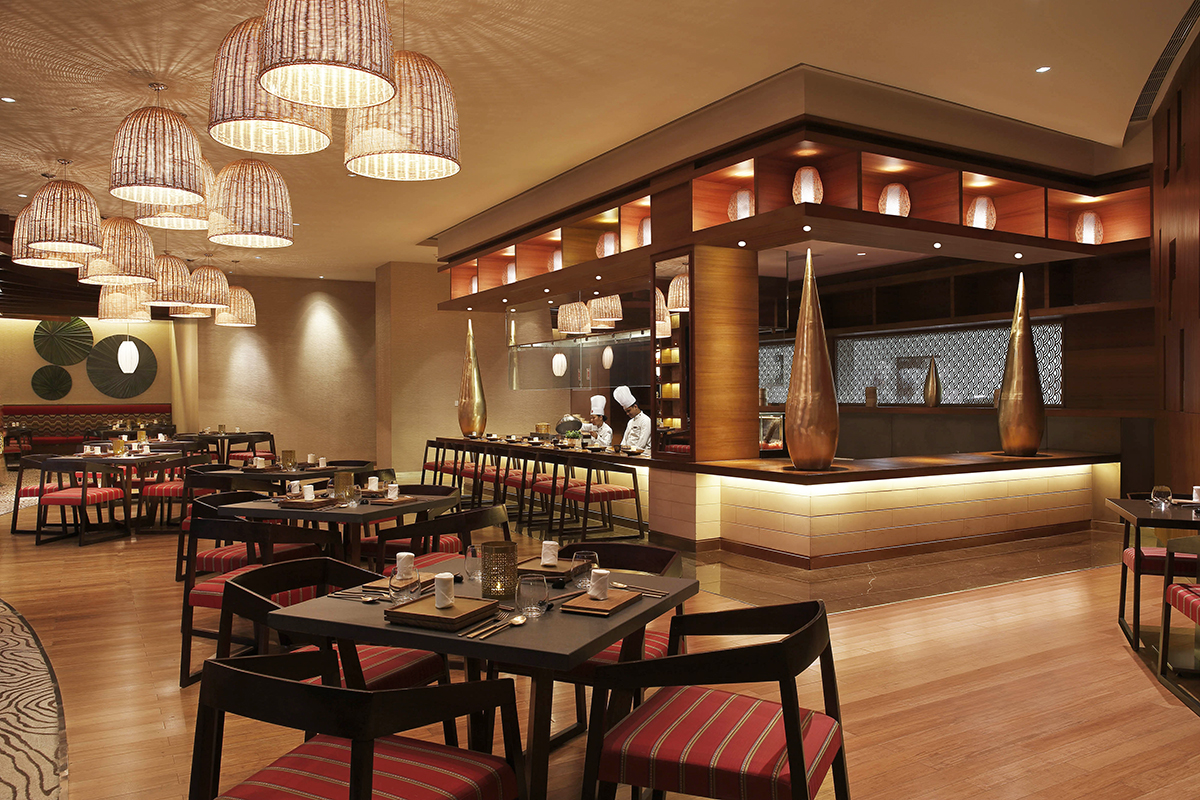
Pullman New Delhi Aerocity organized “An Indonesian Food Affair” at its restaurant Honk in December
Shireen Quadri: For the Indonesian food fest here, how did you go about selecting particular dishes to suit the Indian palate?
Chef Hary Haryadi: The Indonesian food festival that we did at Honk, Pullman New Delhi Aerocity, was easy, given that many cuisines of India are similar to the cuisine of Indonesia. For instance, we felt that the dish of Gado-Gado (salad) and urap mix would be preferred here because the ingredients are vegetables and do not contain non-vegetarian ingredients since most people in India are vegetarian.
Shireen Quadri: Indonesia has over five thousand traditional recipes. What are some of its popular recipes that have found favour globally?
Chef Hary Haryadi: Yes, of course, a very important key is that we have three basic spices used in the preparation of Indonesian dishes. The first will be the white paste that consists of onion, garlic and candlenut. Second spice is Yellow Paste consisting of fresh turmeric, garlic, shallot ground and minced ginger. The third one is a Red Paste consisting of a red onion, garlic and red chilli. Some of the popular recipes are Urap Campur — Javanese Steamed Vegetables with grated coconut — Mie Goreng Jawa, Javanese famous fried noodle with egg, Tahu Telur Surabaya and similar.
Shireen Quadri: What are some of the Indian influences on the Indonesian cuisine?
Chef Hary Haryadi: There are significant cultural influences from India in Indonesian cuisine. The dishes are thick with the scent of coconut milk and spices such as cinnamon, clove, staranish, kapolaga, cumin, coriander and others. Both the countries like the aroma of the spices in their dishes.
Shireen Quadri: Some popular Indonesian dishes such as nasigorenv (fried rice), Gado-Gado, Satay (seasoned, skewered and grilled meat, served with a sauce) and Soto (traditional Indonesian soup mainly composed of broth, meat, and vegetables) are considered as national dishes. What are some of the features of these dishes that make them uniquely Indonesian?
Chef Hary Haryadi: The speciality and uniqueness of the dishes mentioned above are strong flavours and traditional cooking process. For instance, satay is a very traditional dish. The process is not easy, the meat is cut in pieces, then put on a skewer with bamboo and grilled with charcoal in coconut shells. It is served with peanut sauce which is very tasty and delicious.
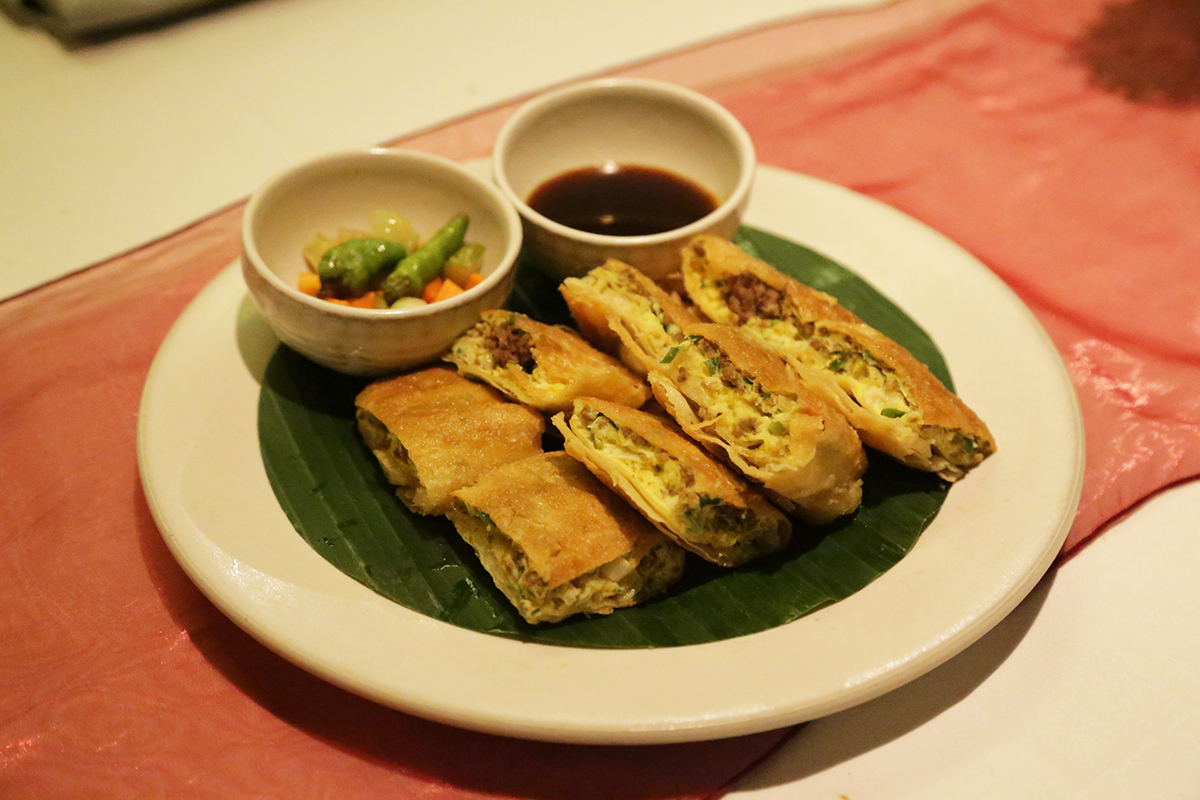
In Indonesia, martabak is mostly sold as streetfood. There is martabak manis (sweet) and martabak telor (savory), above.
Shireen Quadri: How has Indonesian cuisines shaped the cuisines of neighbouring countries like Malaysia and Singapore?
Chef Hary Haryadi: The cuisine of Indonesia, in comparison with neighbouring countries such as Malaysia and Singapore, has no significant differences. We all use coconut milk in our dishes. We use banana leaves for wrapping food items. The same is used by our neighboring countries as well.
Shireen Quadri: What are some popular cuisines around the world that have been a big draw at Pullman Jakarta?
Chef Hary Haryadi: There are many popular dishes at Pullman Jakarta Indonesia. Among them are beef oxtail soup, meat soup, meatballs and fried noodles.
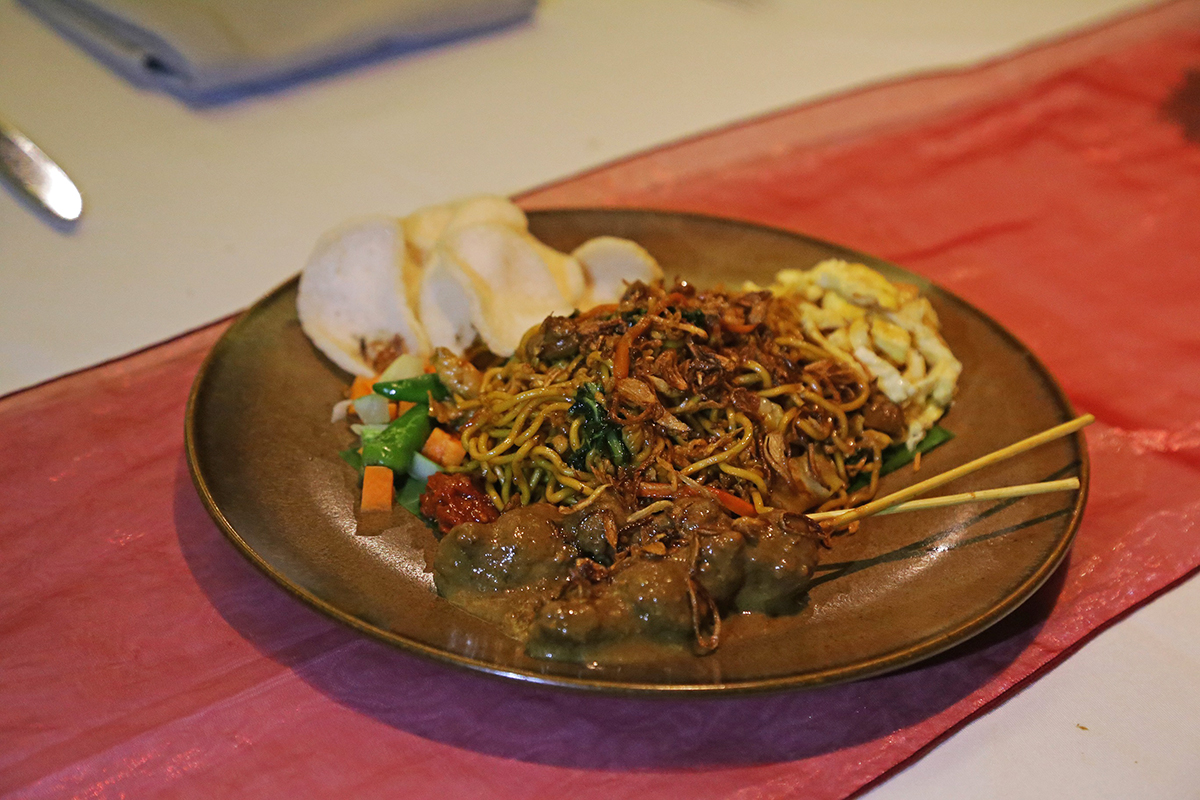
Mie goreng, also known as bakmi goreng, is a spicy fried noodle dish common in Indonesia and Malaysia
Shireen Quadri: Tell us about your own journey as a chef? How does your touch to these authentic cuisines make a difference in the texture, feel and flavor of these dishes?
Chef Hary Haryadi: I have been working as a chef for more than 25 years. Since childhood, I wanted to become a chef because I loved trying and preparing different types of cuisine, especially Indonesian that has so many flavours and variations.
More from Culture
Comments
*Comments will be moderated



